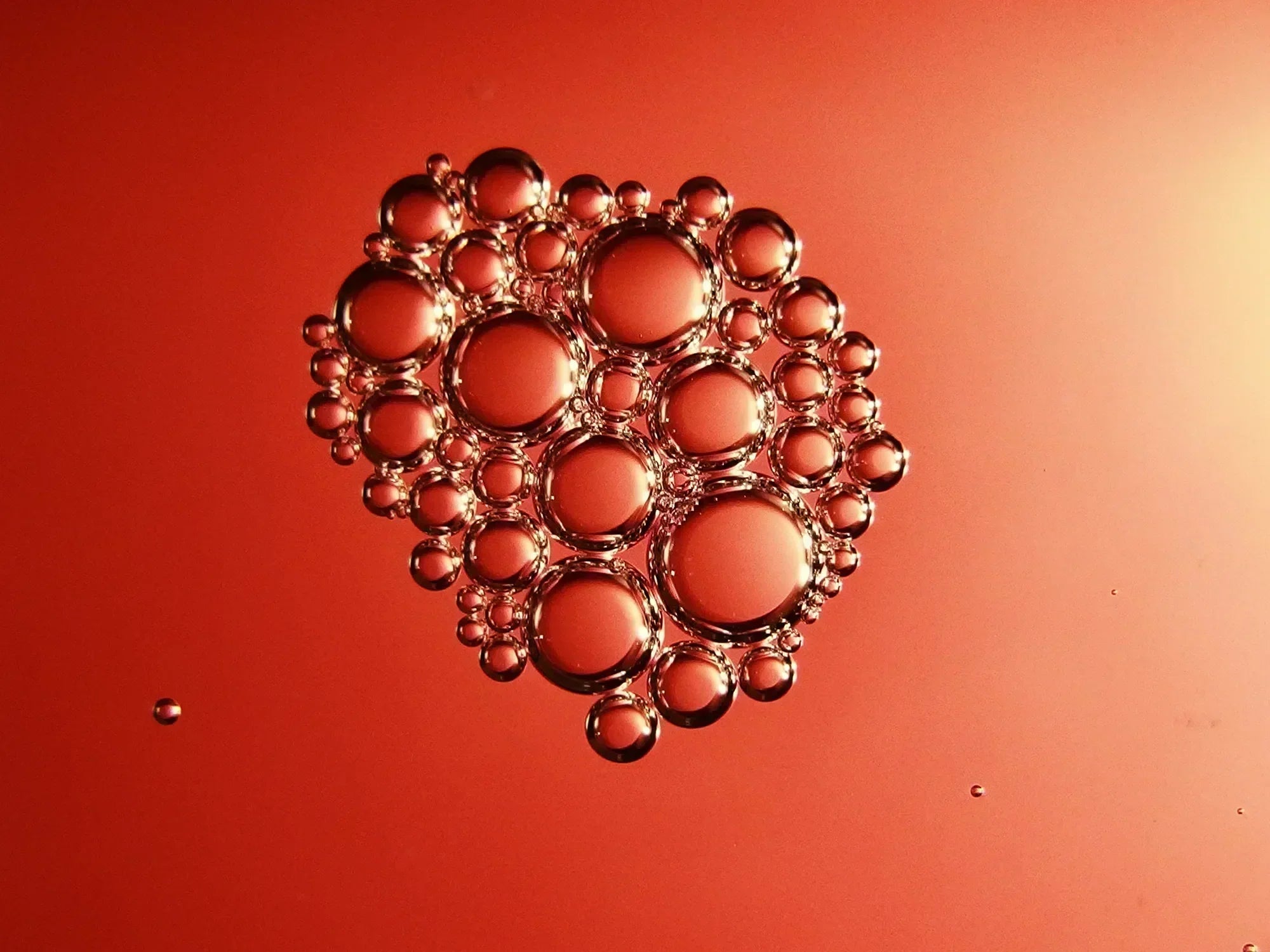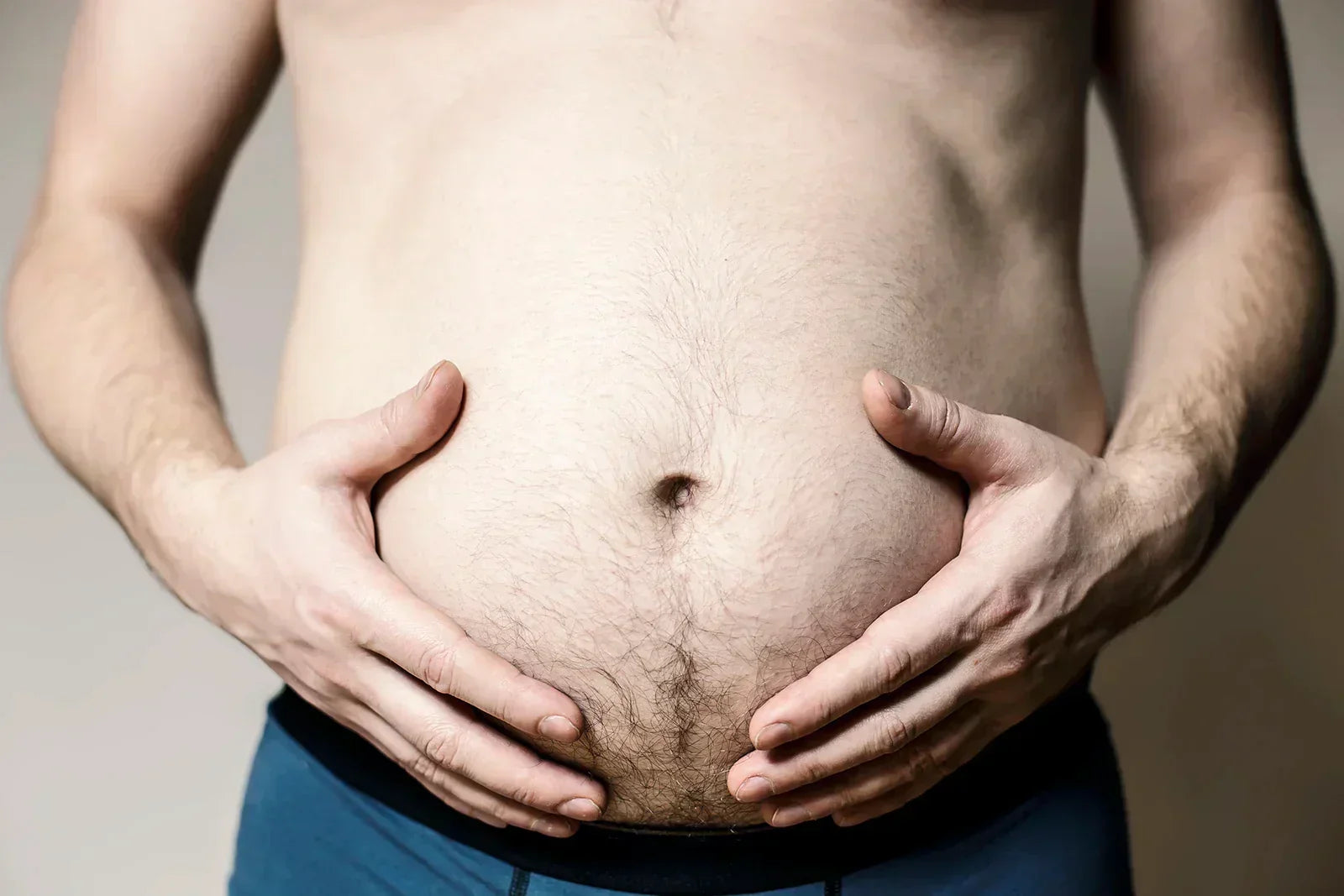BPC-157 + TB-500: the “Wolverine” pairing researchers can’t ignore
Every so often, a duo shows up in lab papers that makes people sit forward. BPC-157 and TB-500 have that energy. Not a comic-book serum—just a growing stack of preclinical signals around soft-tissue recovery, angiogenesis and cell migration. Here’s the study-led version, minus the hype.
Key takeaways
- BPC-157: reports of tenocyte survival/migration and functional recovery in tendon/ligament models.
- TB-500 (thymosin-β4 fragment): literature highlights cell migration, neovascularisation and inflammation modulation.
- Quality matters in research: identity, HPLC purity (area%), and net peptide content (NPC) shape outcomes.
Why this pairing gets attention
In repair models, BPC-157 reads like a signalling stabiliser—nudging damaged tissue toward order. TB-500 looks like logistics—mobilising cells to where they’re needed and helping new vessels form. Together, some studies show faster granulation, cleaner fibre alignment and recovery curves that outpace controls.
“One peptide calms the signal. The other moves the troops. In preclinical systems, that’s a compelling combo.”
What the papers actually report
- Tendon/ligament: BPC-157 supported tenocyte outgrowth and survival in human tendon explants; animal injury models reported functional improvement under varied protocols.
- Wound biology: TB-500 linked to endothelial migration, actin dynamics and pro-angiogenic signalling in rodent wound models.
- Neuro-inflammation & stress axes: both appear in discussions of inflammatory tone and growth factors, but mechanisms remain under investigation.
Read this before you extrapolate
- Human data: no large, well-controlled clinical trials establishing efficacy or safety for people.
- Dose/route: research protocols vary; there is no consensus for human use.
- Material variance: salt forms, moisture, counter-ions and excipients shift NPC without changing a chromatogram.
- Method dependence: HPLC area% moves with column, gradient and wavelength—compare like with like.
Fast comparison
- BPC-157: tendon/ligament focus; tenocyte survival/migration; functional recovery in animals.
- TB-500: wound/angiogenesis focus; cell migration and vessel growth; inflammation modulation in animals.
- Together: suggested synergy in preclinical healing trajectories; human relevance unknown.
If you’re running experiments
- Check batch identity, HPLC purity (area%), and NPC (%) before planning endpoints.
- Record storage/handling—moisture drift can change NPC and apparent yield.
- Document method parameters with chromatograms for reproducibility.
Further reading
- Human tendon explant work with BPC-157 (ex vivo).
- Mechanistic overview of BPC-157 in preclinical models.
- Thymosin β4/TB-500 review: tissue repair, migration and angiogenesis.
Internal links
- Batch documentation and chromatograms: Quality Control Hub
- Browse related research materials: Materials
Supplied for laboratory research only. Updated: 11 Oct 2025







